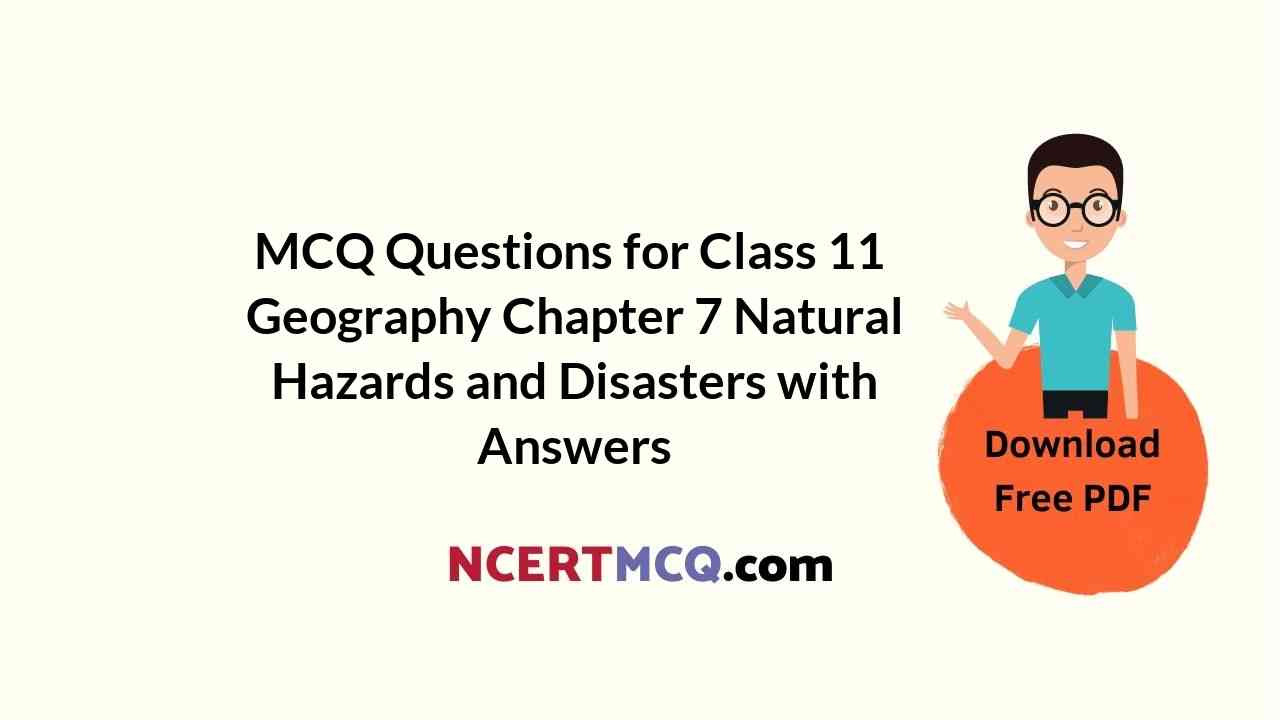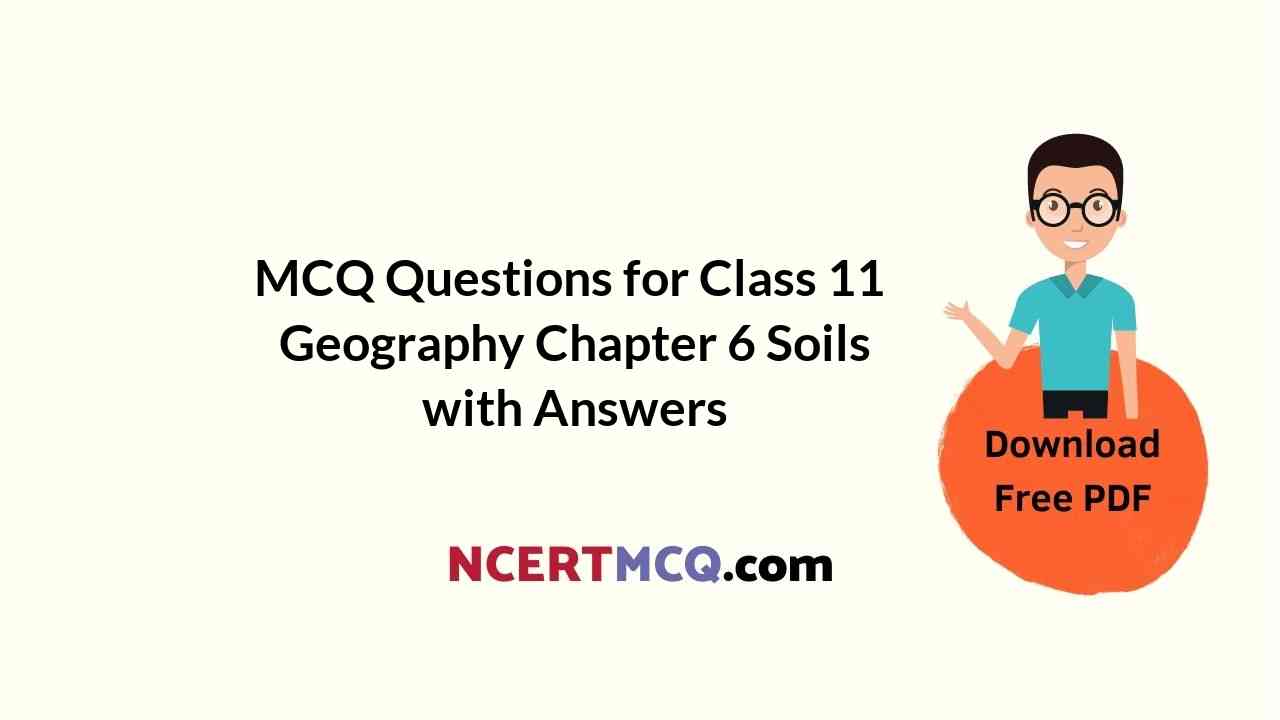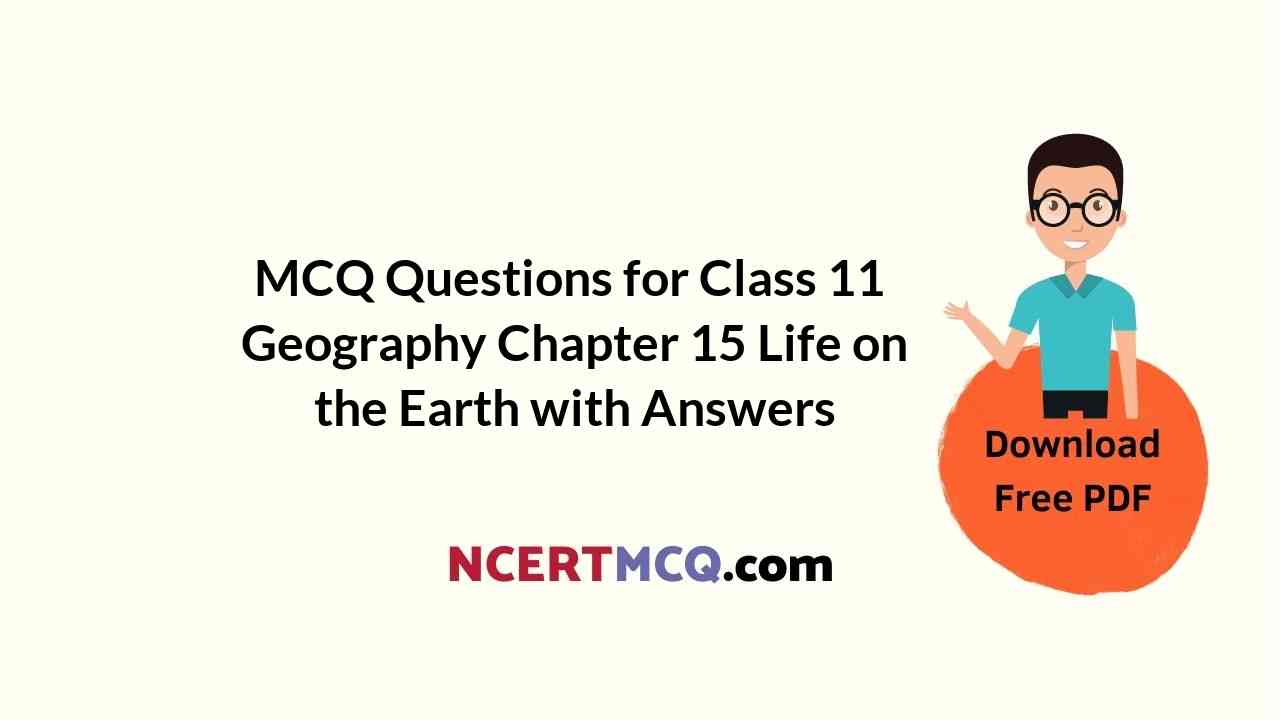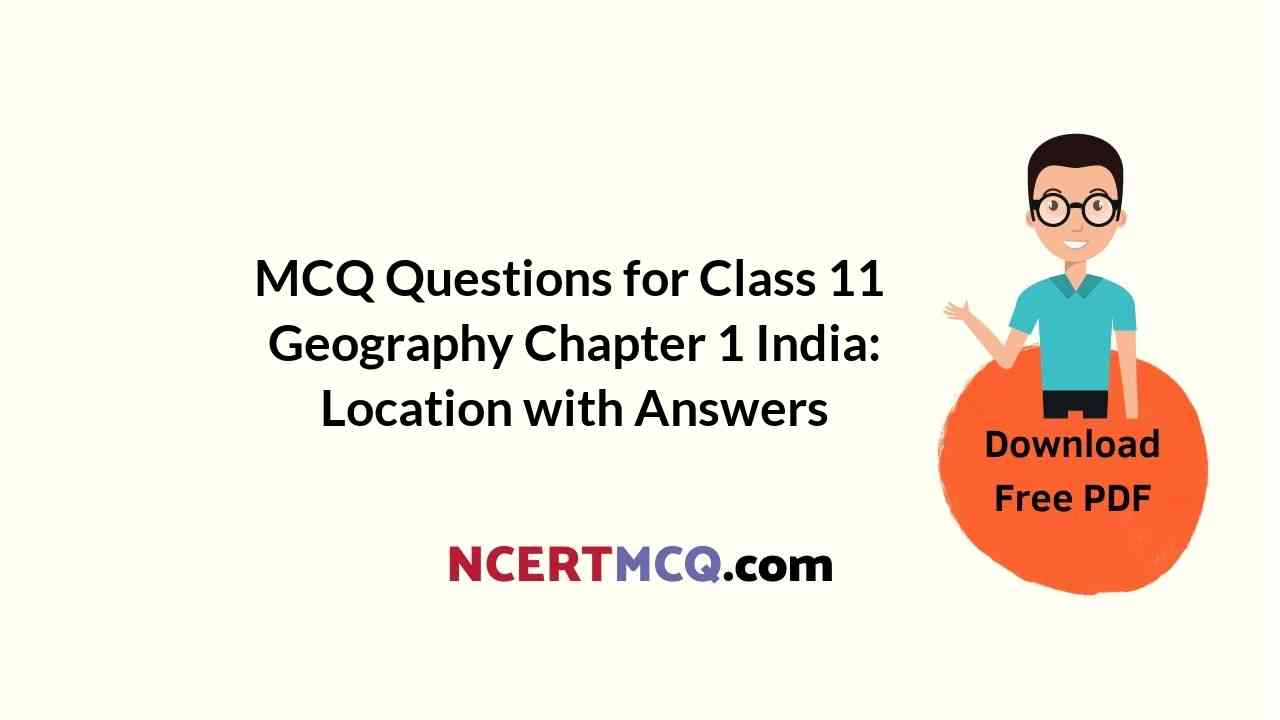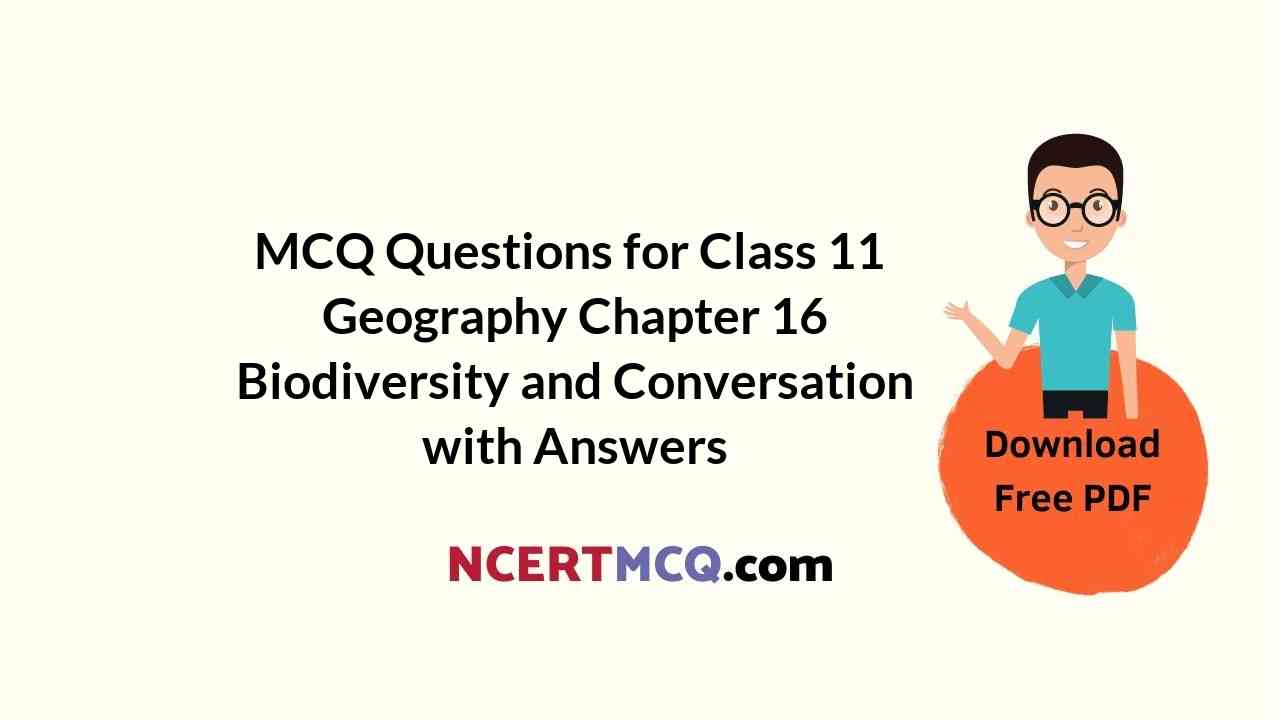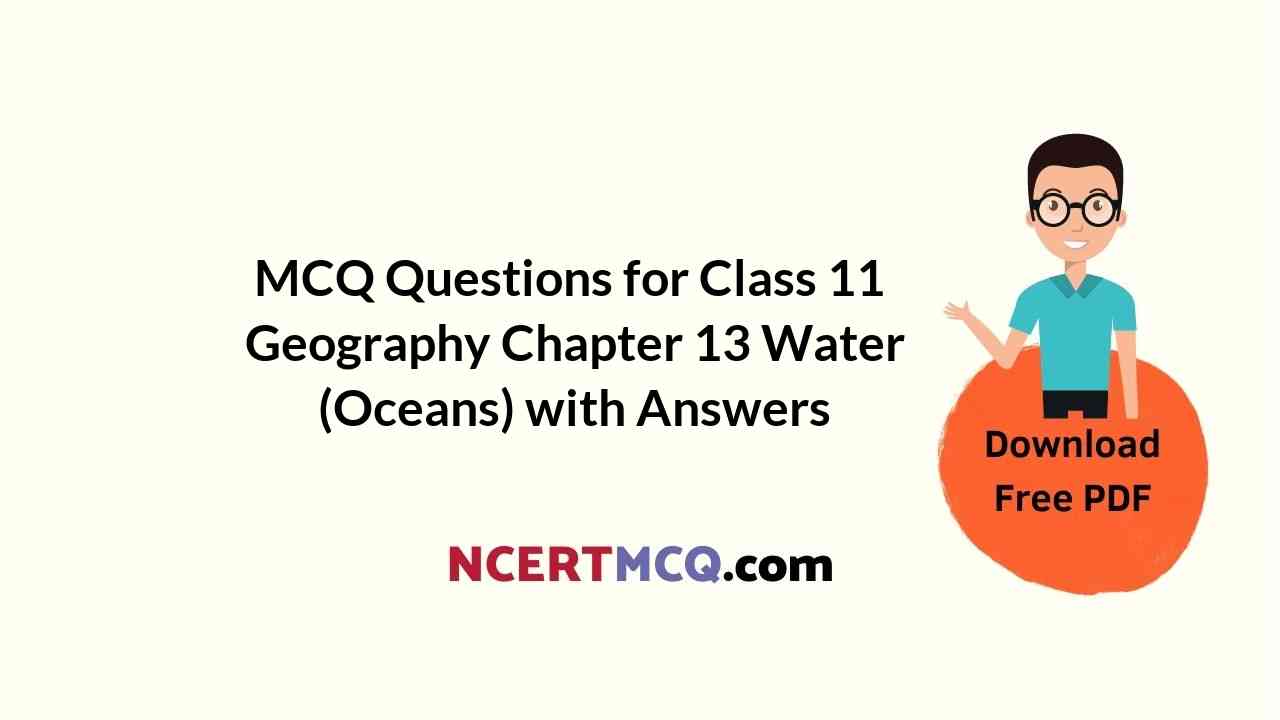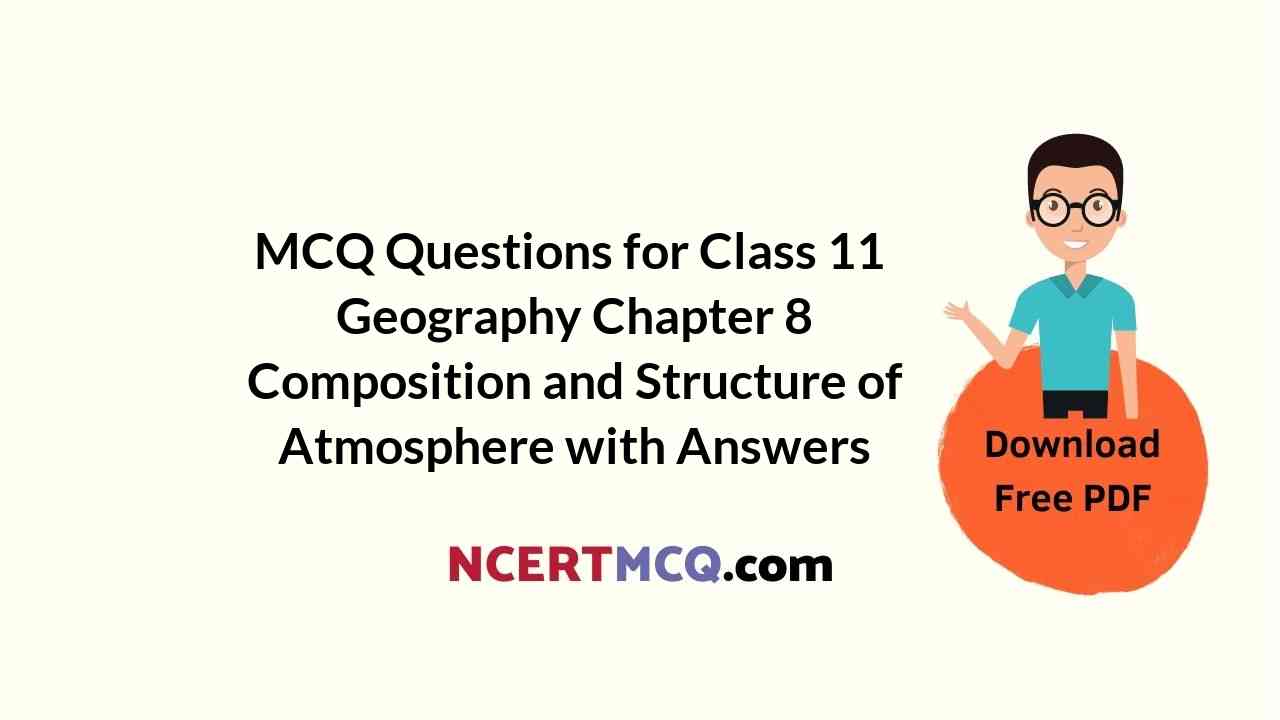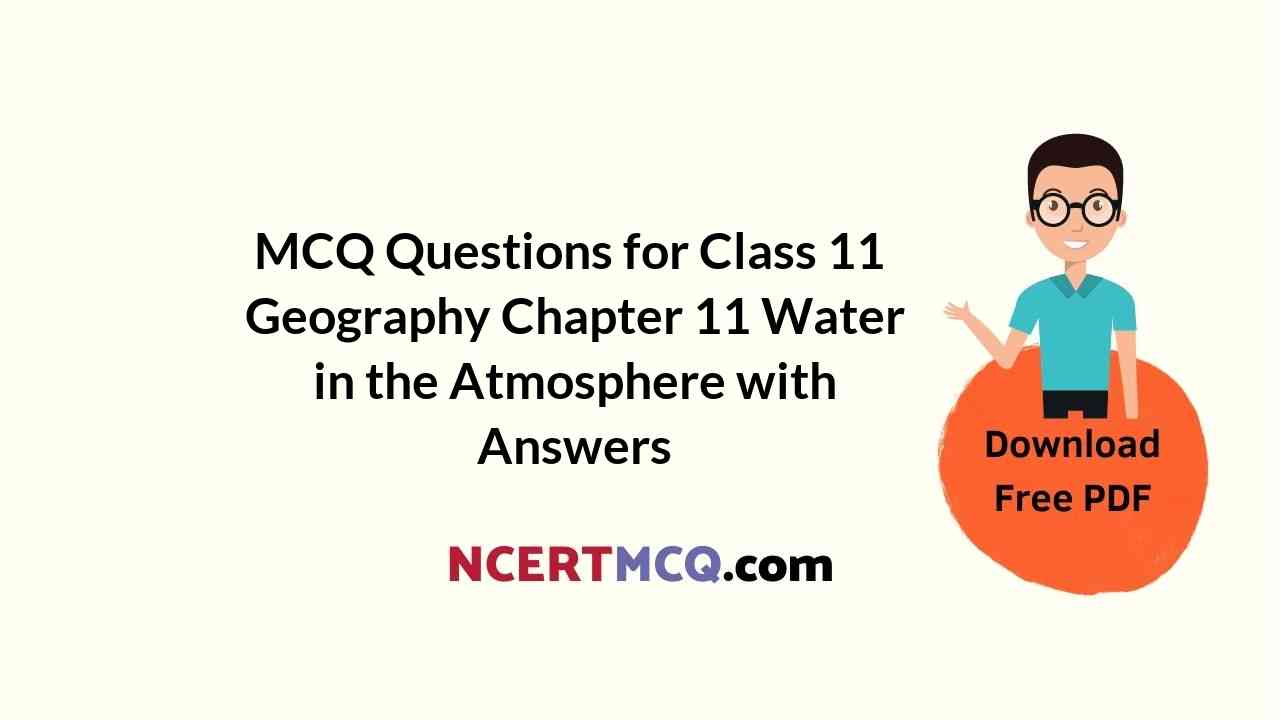Check the below NCERT MCQ Questions for Class 11 Geography Chapter 7 Natural Hazards and Disasters with Answers Pdf free download. MCQ Questions for Class 11 Geography with Answers were prepared based on the latest exam pattern. We have provided Natural Hazards and Disasters Class 11 Geography MCQs Questions with Answers to help students understand the concept very well.
Class 11 Geography Chapter 7 Natural Hazards and Disasters MCQ With Answers
Geography Class 11 Chapter 7 MCQs On Natural Hazards and Disasters
Question 1.
What was the main cause of latter Earthquakes?
(a) Southward drifting of Indian Plate
(b) Northward drifting of Indian Plate
(d) Eastward drifting of Indian Plate
(d) Westward drifting of Indian Plate
Answer
Answer: (b) Northward drifting of Indian Plate
Question 2.
How many divisions are there on Richter Scale?
(a) From 1 to 7
(b) From 1 to 8
(d) From 1 to 9
(d) From 1 to 10
Answer
Answer: (d) From 1 to 9
Question 3.
Natural disasters are
(a) Relatively slow movements in comparison to hazard
(b) Relatively sudden and cause large scale disaster in comparison to hazard
(c) Relatively small scale disaster
(d) Disaster with no damage
Answer
Answer: (b) relatively sudden and cause large scale disaster in comparison to hazard
Question 4.
The cause for floods in India is due to
(a) Deforestation
(b) Overpopulation
(c) High temperature
(d) Increasing transportation
Answer
Answer: (a) deforestation
Question 5.
Tsunamis are caused when
(a) An earthquake occurs
(b) Wind is strong
(c) Ocean currents become warm
(d) Sea level rises
Answer
Answer: (a) An earthquake occurs
Question 6.
Which one of the following states receives floods in the winter?
(a) Assam
(b) West Bengal
(c) Kerala
(d) Tamil Nadu
Answer
Answer: (d) Tamil Nadu
Question 7.
The most disastrous giant waves are
(a) body waves
(b) ocean currents
(c) tsunamis
(d) surface waves
Answer
Answer: (c) tsunamis
Question 8.
The river valley project has been constructed to check floods in India is
(a) Bhakra and Nangal Dam
(b) Damodar Valley Corporation
(c) Annasagar project
(d) Narmada dam
Answer
Answer: (b) Damodar Valley Corporation
Question 9.
What was the cause of the Koyna Earthquake?
(a) Current Pressure in Koyna reservoir
(b) Hydraulic Pressure in Koyna reservoir
(c) Cyclone in Koyna reservoir
(d) None of the above
Answer
Answer: (b) Hydraulic Pressure in Koyna reservoir
Question 10.
Debris flow that originates on the slope of a volcano is known as
(a) Creep
(b) Fall
(d) Lahar
(d) Lateral spreads
Answer
Answer: (d) lahar
Question 11.
Which instrument measures the seismic waves?
(a) Earthometer
(b) Seismograph
(d) Quakegraph
(d) None of the above
Answer
Answer: (b) Seismograph
Question 12.
Far less dramatic disaster is
(a) Volcano
(b) Landslide
(c) Earthquake
(d) Tsunami
Answer
Answer: (b) Landslide
We hope the given NCERT MCQ Questions for Class 11 Geography Chapter 7 Natural Hazards and Disasters with Answers Pdf free download will help you. If you have any queries regarding CBSE Class 11 Geography Natural Hazards and Disasters MCQs Multiple Choice Questions with Answers, drop a comment below and we will get back to you soon.
Class 11 Geography with Answers MCQ:
